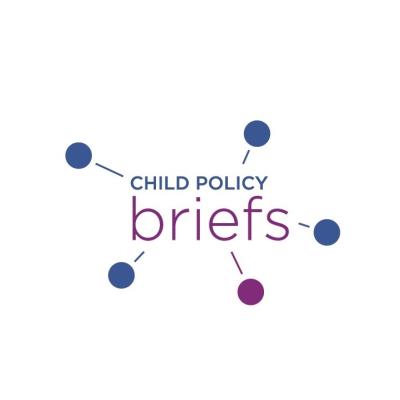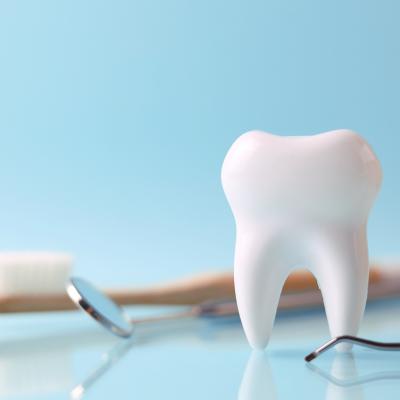Dental Care
Description
A summary of the scientific literature on dental care and access to quality care.

Components
Image

How This Impacts Children's Development
Description
Tooth decay is the most prevalent chronic infectious disease among children, affecting over a quarter of United States (U.S.) children under the age of five. Untreated dental pain and poor oral health have been linked to missed school and poor academic performance. These impacts are even more pronounced in children from families with low socioeconomic status (SES), particularly those who are non-White.
Read the brief: Disparities in the Quality of Pediatric Dental Care: New Research and Recommended Changes, 2018
Talking Points from the SRCD Brief
|
Policy Considerations in the Brief
- The Commission on Dental Accreditation could make “clinical experience working with children” mandatory, as well as coursework in cultural competence and training in working with diverse populations.
- States, federal agencies, and dental regulatory authorities could provide pediatric dental fellowships and continuing education opportunities to train the current workforce to effectively treat diverse children, and how to communicate with caregivers.
- Regulations could hold family dentistry accountable to the same high standard as other pediatric professions in administering sedation and anesthesia to children.
- State issuers of emergency certifications could review state regulations on administering sedation or anesthesia to children, develop nationwide training standards for pediatric sedation, and increase requirements for Pediatric Advanced Life Support certification for general dentists, along with ensuring the availability of emergency medical equipment to address sedation complications.